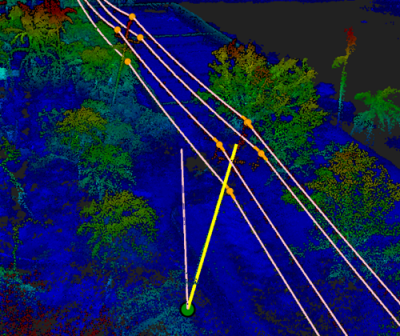Using GPS in a city is a crapshoot, and we all know why: the height of the buildings create an “urban canyon” that obscures the satellite’s line of sight. That bad satellite signal means bad location services, it’s as simple as that.
According to a recent piece on The Verge, car-hailing giant Uber is even more bothered by this phenomenon than you are. These GPS errors mean that users calling a car from Houston Street in Manhattan, for instance, might never meet up with their driver—who is anxiously waiting on the other side of the huge intersection. Since Uber’s business model requires a large number of successful transactions, these relatively small errors add up to a big problem.
The company responded by acquiring startup ShadowMaps in 2016, which has been among the first companies to bring a new kind of city-capable GPS to the consumer—one that promises double the accuracy.
Company founders Andrew Irish and Danny Iland are using “occlusion modeling,” which processes the satellite signals against a 3D map of the city to make a probabilistic estimate. It makes judgments based on what it knows, and what it knows that it doesn’t know.
Per the original article:
“Pretend there are only three satellites,” Iland says. “So, if I can see satellites C and D with high signal strength, but I can’t see satellite B, then I’m probably on the left side of the street where satellite B is blocked by a building. If I can see B and C, but I can’t see D, then I’m probably on the right side of the street. And so we’re using the satellite visibility information as part of the algorithm, instead of just assuming that all satellites are line of sight.”
One of the methods these engineers use is called ray tracing, which judges the strength of a satellite signal and color codes it. When Irish and Iland lay this information over a grid, their solution can see various possible locations for the mobile device and select the one that most agrees with the particular mix of satellite signal strength and nearby 3D building models.
According to the reporter, it works pretty well—it should, since the approach is favored by a number of researchers and is partially based on previous academic work on GPS. It is, however, the first attempt to bring this approach to the wider public, and the team is already at work bringing it to your Uber app.
H/T to The Verge, who did the original reporting on this topic (and goes into greater depth on the topic if you want to know more).






